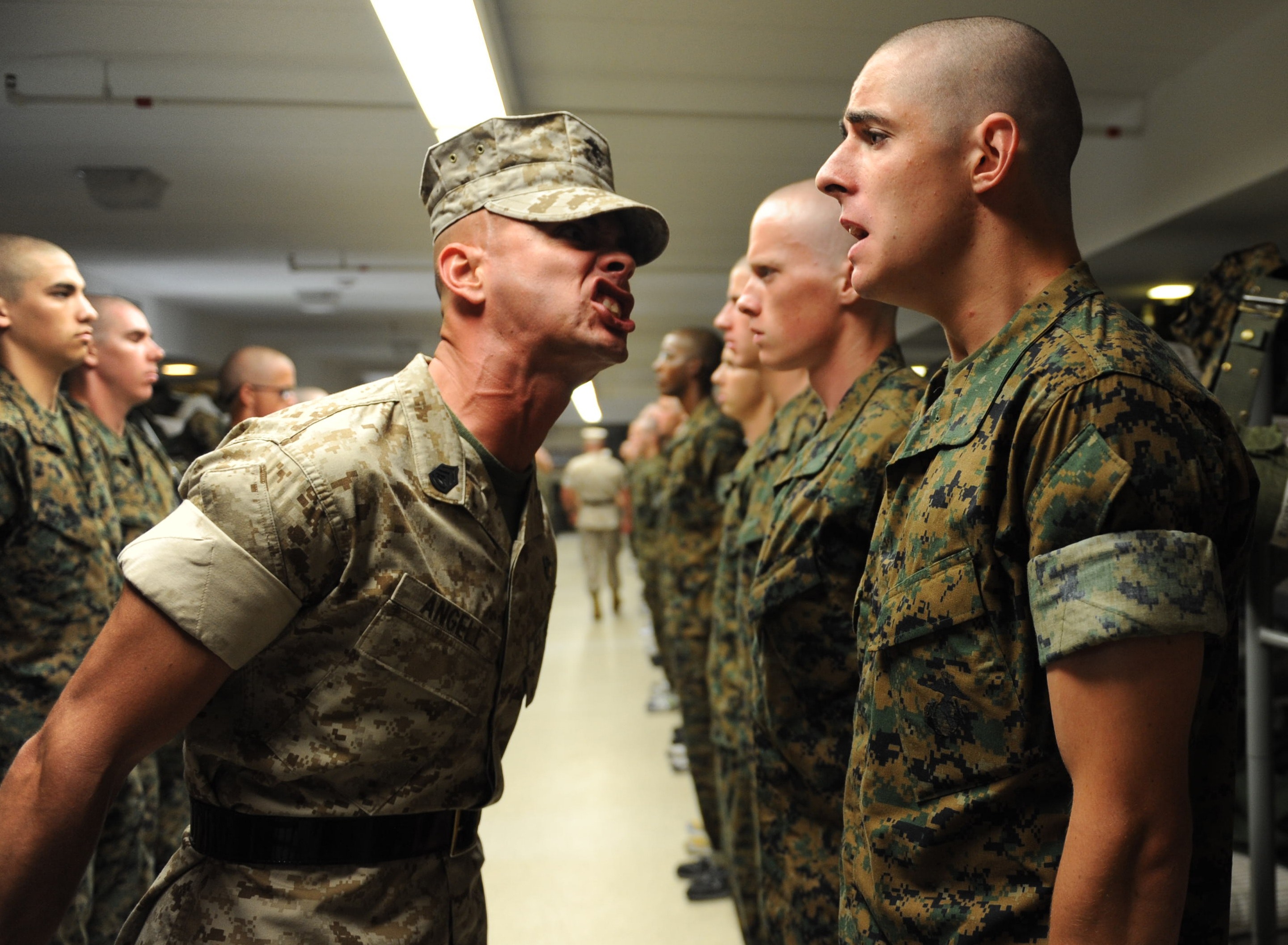In the fifth chapter of my book Get Back Up, Johnson and I join the army. It was 1974 and the United States was just getting out of the Vietnam War. It’s not that Johnson and I wanted to join the army out of some great need to sacrifice for our country, it was that we didn’t know what we wanted to do with our lives.
We never really enjoyed high school and at that point we didn’t want to continue our education by going to college. Besides, we didn’t have the money for college even if we had wanted to go. We did know, however, that if we wanted to get good jobs later we would probably need a college degree.
Joining the army helped us in a couple of ways. One was that it would postpone having to make our college decision, and the second was that if we did decide to go to college later, the army would pay for some of it since at that time the GI Bill still existed. Even now the military will help veterans with college costs, so it’s a good way to get a college education if you can’t afford to pay for it yourself. In my opinion it’s a lot better solution than racking up a bunch of student loan debt.
Johnson and I knew that basic training would be brutal, especially in the hot, humid summer of Fort Jackson, South Carolina. So, we used the delayed entry program which would give us six months to get into shape before we had to report. And get into shape is what we did. We lifted weights and we ran. We ran a lot in the hot sun of Tampa, Florida. By the time we reported to the army that August, I could run a mile in less than five minutes. We were ready for anything, or so I thought.
My book gives a lot more detail about this period in my life so I won’t repeat it here, because I know you’ve read the book. You have, haven’t you? Suffice it to say that you can only be so prepared, and while I was prepared for running in the sun for hours, I wasn’t prepared for running down a flight of stairs; not when a drill sergeant decided to close the door just before I reached the bottom.
As a reader of my book you know that I went right through that door and its window, tearing my right wrist. The drill sergeant had to drive me to the emergency room while screaming and cursing at me the entire way for breaking his window and bleeding in his car. Though I wouldn’t recommend yelling back at a drill sergeant, I didn’t hesitate to do so as my injury was clearly his fault.
I went immediately into surgery and I spent the next three months in the hospital while physical therapists tried to restore the function of my right thumb. After a while they gave up and separated me from the service for medical reasons. My friend Johnson would be serving the next three years without me. So much for the buddy system.
Fresh out of the army with a service-connected disability, I could no longer postpone my college decision. I wasn’t in the army long enough to qualify for the GI Bill, but that didn’t matter because there was something called the disabled veterans bill. This assistance would not only pay my tuition, as the GI Bill would have, but it also paid for my books and supplies and an additional $250 per month for living expenses; not a small amount of money in 1974 when a one-bedroom apartment could be had for $175 per month.
Thus, the next chapter of my life was beginning, along with my first real opportunity to get back up. I certainly hadn’t planned to exit the army so quickly and I certainly wasn’t planning to leave with a new physical challenge, but then I hadn’t thought I was going to get a completely free ride to college, either. I guess that turned out to be one of those silver lining moments.
Lessons:
- Know what you’re about to face and prepare for it. Johnson and I got into shape before the army was going to get its chance to get us in shape.
- Find workarounds to the challenges you face. We knew we couldn’t afford college, but we knew joining the army would help.
- Always look for the silver lining in any negative situation.
George A. Santino helps people who want to break down barriers, including self-imposed barriers, to success. Check out his Amazon bestselling book, Get Back Up: From the Streets to Microsoft Suites.

